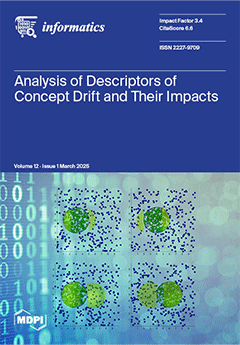Online fraud threatens the well-being of older adults, with disparities in digital literacy and socioeconomic conditions amplifying their vulnerability. This study examined digital literacy and fraud victimization behavior among older adults in urban and rural settings, identifying key factors influencing victimization and its
[...] Read more.
Online fraud threatens the well-being of older adults, with disparities in digital literacy and socioeconomic conditions amplifying their vulnerability. This study examined digital literacy and fraud victimization behavior among older adults in urban and rural settings, identifying key factors influencing victimization and its consequences. This cross-sectional analytical study, using multi-stage sampling, included 864 participants from Southern Thailand. The findings revealed that 46.3% of participants had adequate digital literacy, while 75.3% experienced fraud victimization, with higher rates of health impacts in rural areas. Higher age (Adjusted Odds Ratios; AOR: 1.83,
p = 0.004), income (AOR: 2.28,
p = 0.003), and rural residence (AOR: 3.03,
p < 0.001) were significantly associated with an increased likelihood of fraudulent victimization. Conversely, being non-Buddhist (AOR: 0.47,
p = 0.001) and having an adequate digital literacy (AOR: 0.50,
p < 0.001) were protective factors. Fraud victimization significantly affected older adults’ health, with 29.5% reporting the following adverse outcomes: physical (AOR: 5.55), emotional (AOR: 7.80), social (AOR: 4.97), and overall heightened health risks (AOR: 7.71,
p < 0.001). This research highlights the importance of improving digital literacy, fostering community awareness, and implementing tailored fraud-prevention strategies to protect older adults. This study provides a foundation for evidence-based policies aimed at mitigating digital risks and enhancing older adults’ well-being in the digital era.
Full article





